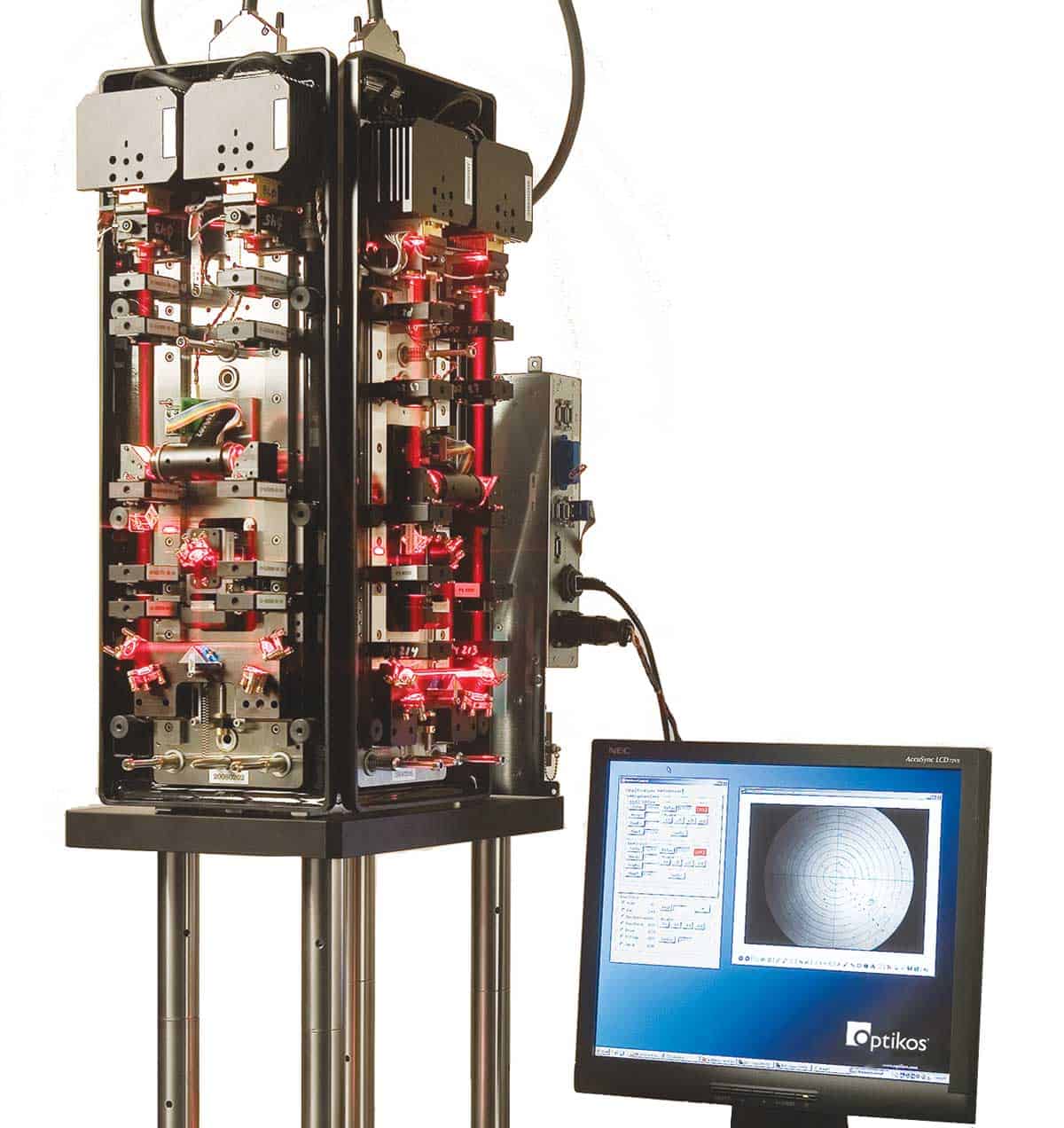Starting a new company is not for the faint of heart, particularly if you discover that your team lacks a key technology needed to develop the product. Stephen Fantone describes how established, specialist optics firms can give start-ups the help they need to succeed

Most stories about venture-funded companies are about winners. We’ve all heard them. They go a little like this: a brilliant founder had an idea, raised money, developed the product and – presto! – it was a terrific success. In reality the course of product development is rarely so simple or straightforward. There is always ambiguity about how much skill, and how much luck, figured in making any product a success. You also see a “survivor’s bias” to these stories, meaning that you hear much more about the successes than you do about the far more numerous failures.
Few entrepreneurs want to tell the story about their association with a failed start-up, yet the greatest lessons are often learned from these difficult experiences – lessons like how to assess development risk, timelines to development, or the risks associated with jumping into an ever-evolving product market. Over the past 35 years the company I founded, Optikos, has worked with dozens of start-up and venture-funded companies in fields ranging from medical diagnostics and industrial instrumentation to consumer products. Our clients have included everyone from individuals with a good idea but no business experience to university spin-offs and well-funded corporate entities. What they have in common is that in most cases they have a core technology or product idea that is enabled by optics, but the optical aspect of it falls outside their core competence and expertise.
Making a difference
I’ve seen clients miss out on success for a whole range of reasons. Maybe they misjudged the market need, or entered the market too late. Sometimes they simply weren’t able to get their core technology to work well enough. But I’ve also seen cases where help from established specialty firms like ours has made the difference between a success story and a painful (though valuable) lesson.
Optikos started as an engineering services company, and within a few years we developed our own line of optical metrology products. Some 35 years later, more than half a billion optical components have been manufactured to our designs. We also provide optical product development services for a wide range of customers, and although our contributions are typically “unseen”, products that Optikos helped design and test can be found in millions of homes and businesses around the world.

Our team of mechanical, electrical, software and optical engineers has accumulated a lot of optical design experience, and our longevity in the industry also gives us “tribal knowledge” of suppliers from around the world. These assets put us in a good position to help start-ups fast-track the development of their products, quickly taking them from the laboratory to the market. We give these customers as much or as little as they need – from a short consultation or “sanity check” of something they’re developing, to connections to other resources such as manufacturing facilities. We also assist some of them as they transition from a pre-beta prototype to a manufacturable unit that can scale for high volume or off-shore production.
As an example, one of our clients has core technological expertise in biochemistry, and a related fluorescence measurement process that facilitates high-speed medical diagnostics. What they lacked was the optical technology and expertise needed to transform their laboratory demonstration into a manufacturable instrument as quickly as possible. Time-to-market is often the most important challenge faced by a new company, and accelerating that process depends directly on the start-up’s ability to identify and access technical resources. Before approaching us, many prospective clients have considered adding an in-house optical instrumentation capability, but quickly realized that they don’t have time to recruit, staff and develop a cohesive technical design team. Even with the means to quickly get a team of experienced optical instrumentation engineers in place, they would not be able to provide a long-term career trajectory for those highly specialized individuals and the team would dissolve after product launch.
With another client, our main contribution was to help them substantially reduce the cost of their product. This particular client was developing a fluid-based medical diagnostic system and we got involved at the product inception phase – all design issues were on the table. The most expensive component in their system was a cooled camera with a cost exceeding $10 000. We suggested that the cost of this camera could be reduced significantly because the camera, as used, was only a component in a much larger system, not a camera packaged for retail sale. We were able to engineer a low-cost cooled camera that they could assemble themselves, which reduced the component cost below $800. This enabled them to sell their product at a price point that would undercut their competitor’s offerings while still offering excellent performance.
Picking winners
Start-ups are generally viewed as risky investments, so venture-capital investors are only interested in firms that have the potential, if successful, to provide exceptional investment returns. At the earliest stage of development it’s often difficult to know whether a product will ultimately be a success, but the venture-capital model anticipates this because it assumes that most companies will not achieve the aspirational plans that initial funding was based on. After all, if you could predict success with high confidence at the earliest stages, then it wouldn’t truly be a risky investment deserving a high financial return.
Thus, sometimes the ideas with the greatest potential are ones that initially seem impractical, even odd, or too great a technical stretch. These are the products or technologies that can be exciting disruptors, capable of permanently changing the market and enjoying tremendous success. Our role is to inform and educate clients about potential engineering improvements, trade-offs and constraints in implementing their technology, while also helping them create realistic expectations about costs, timelines, tooling for high versus low production volumes and other important considerations, before a significant investment is made. But it’s never easy and we have seen extremely well-funded start-ups, particularly in the field of medical diagnostics, veer off course because they failed to achieve the diagnostic accuracy or speed requirements for commercial success.
Despite the high risk of failure, however, working with a start-up can be an exhilarating experience. We have worked with companies that were on their last legs, struggling to develop an initial prototype product – and had the satisfaction of seeing them go public two years later. The excitement of new technology, new markets, a breakneck pace of product development, and committed and impassioned people looking to change the world combine to create an environment unlike any other. Who wouldn’t want to get involved in that?
- Enjoy the rest of the 2017 Optics Focus issue of Physics World in our digital magazine or via the Physics World app for any iOS or Android smartphone or tablet.



